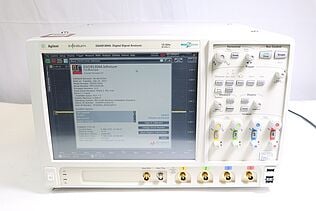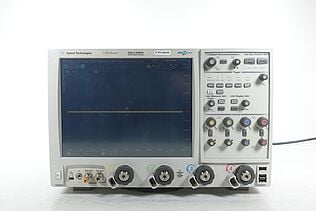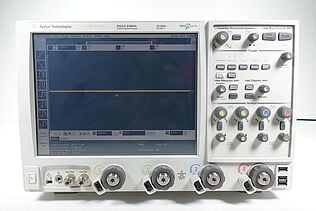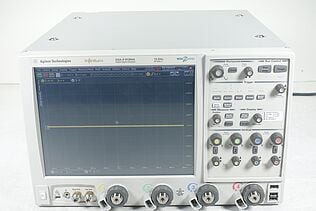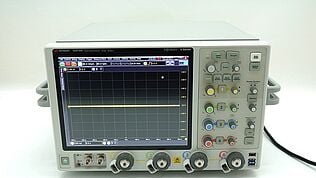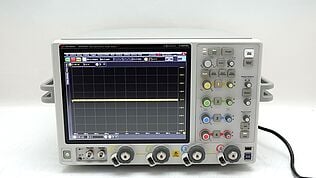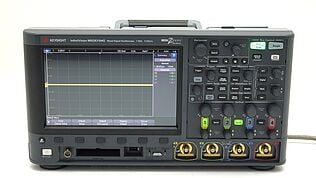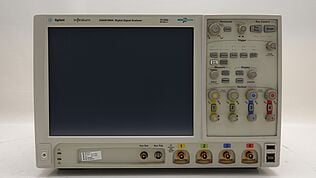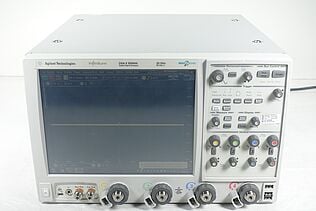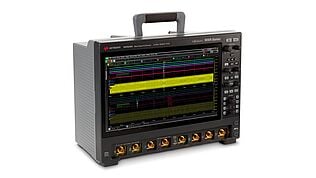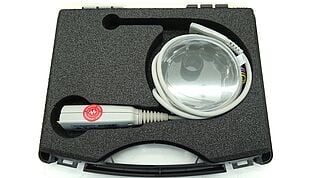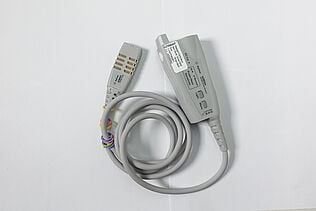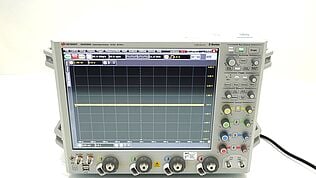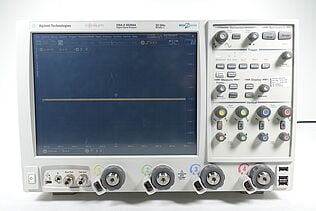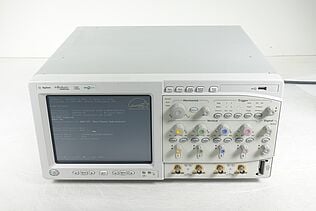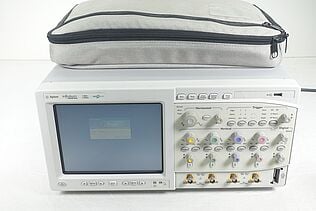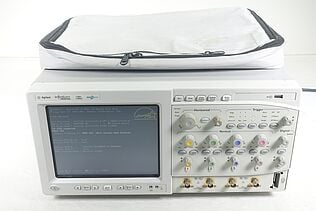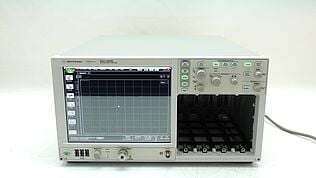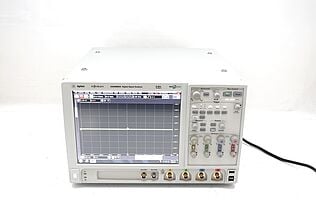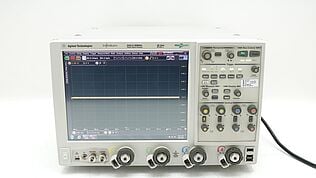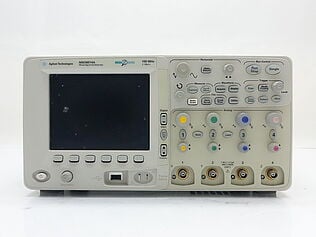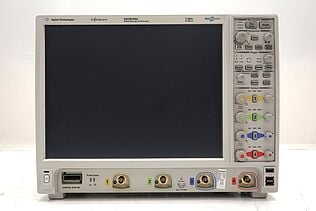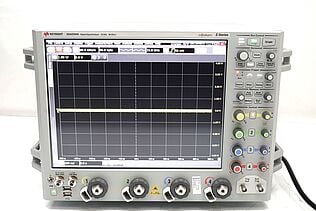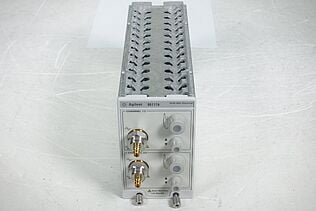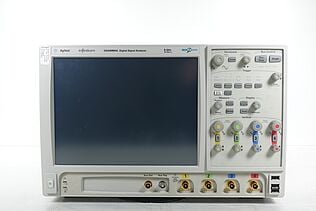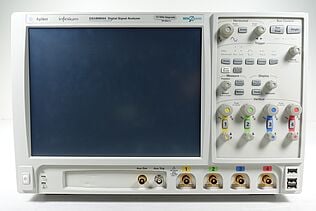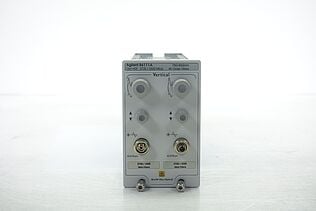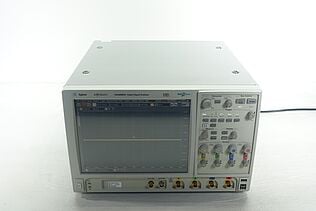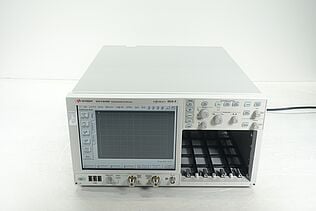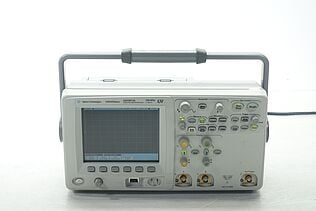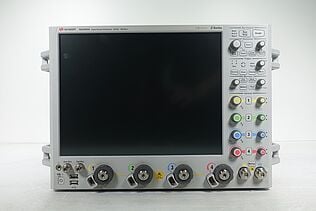- Introduction
- What are Analog Channels?
- Types of Analog Channels
- Single-Ended Channels
- Differential Channels
- Comparison Table: Analog Channel Types
- Characteristics of Analog Channels: Signal Types
- Continuous Signals
- Amplitude-Modulated Signals
- Bandwidth and Frequency Response
- Bandwidth
- Frequency Response
- Noise and Distortion
- Noise
- Distortion
- The Crucial Role of Analog Channels in Oscilloscopes and Testing Equipment
- Signal Visualization and Analysis
- Accuracy and Precision in Testing
- Customization for Specific Applications
- Integrating with Digital Technologies
- Conclusion
- Whenever You’re Ready, Here Are 5 Ways We Can Help You
Did you know that the basic principles of analog channels have remained largely unchanged since the early days of electronics? This steadfast component of electronic systems plays a crucial role in signal processing and analysis.
Essential in various electronics, from the simplest radios to sophisticated oscilloscopes, analog channels serve as the backbone for transmitting real-world, continuous signals.
In this article we’ll focus on their functionality and wide-ranging significance in the electronics field. We’ll also discuss how these channels work and their vital role in ensuring the smooth operation of many electronic devices and systems designed by electrical engineers.
What are Analog Channels?
Analog channels serve as pathways for analog signals in electronic devices. These signals, which may vary continuously over time, differ from digital signals that exhibit discrete values.
In essence, analog channels are the conduits through which real-world signals like sound, light, and temperature get processed and analyzed in electronic systems.
| Key Takeaway |
|---|
| Analog channels are crucial components in electronics, involved in signal processing and improving accuracy across various devices, with their fundamental characteristics and varied types being essential for effective application in diverse electronic systems. |
Get Your Used Oscilloscope On Sale With Faster-Than-New Delivery
Types of Analog Channels
Analog channels can be broadly classified into two types based on their design and functionality: Single-ended channels and differential channels. Each type has its own set of characteristics, making them suitable for different applications in the field of electronics.
Single-Ended Channels
Single-ended channels are the more basic form of analog channels. They have a straightforward design and are known for their cost-effectiveness.
- Simple configuration: These channels consist of a single wire carrying the signal and a common ground reference. This simplicity in design makes them easy to implement in various electronic circuits.
- Susceptibility to noise: Due to their basic design, single-ended channels are more prone to electrical noise and interference. This is because the single wire can act as an antenna, picking up unwanted external signals.
- Common applications: Single-ended channels are commonly found in consumer electronics and other applications where high precision is not the primary concern.
Differential Channels
Differential channels represent a more advanced type of analog channel, offering several advantages over single-ended channels, particularly in terms of noise immunity and signal integrity.
- Dual signal paths: In differential channels, two wires carry two versions of the signal, one inverted and the other non-inverted. The final signal is derived from the difference between these two.
- Noise immunity: This configuration provides a high degree of noise immunity. Any noise picked up along the signal path tends to affect both wires equally. Since the receiving end only measures the difference between the two signals, common noise is effectively canceled out.
- Precision and accuracy: Differential channels are better suited for environments requiring precise measurements. They are commonly used in professional-grade equipment like high-end audio systems, medical instruments, and industrial measurement tools.
- Cost and complexity: The trade-off for the improved performance of differential channels is increased cost and complexity. The need for additional components and more intricate circuitry makes them more expensive and complex to design and implement.
Understanding the differences between single-ended and differential channels is crucial for selecting the right type of analog channel for a given application. The choice depends on factors like the required signal integrity, susceptibility to noise, and the specific requirements of the electronic system.
Comparison Table: Analog Channel Types
| Feature | Single-Ended Channel | Differential Channel |
| Design Simplicity | High | Moderate |
| Cost | Lower | Higher |
| Noise Immunity | Lower | Higher |
| Application | Application | Professional Equipment |
Characteristics of Analog Channels: Signal Types
Analog channels are renowned for handling a variety of signal types, each with unique characteristics and applications. Two primary types of signals they manage are continuous signals and amplitude-modulated signals.
Continuous Signals
Continuous signals vary in a smooth, uninterrupted manner over time. These signals are analog in nature, meaning they can take on any value within a given range. Here are some key points about continuous signals:
- Representation of real-world phenomena: Continuous signals are adept at representing real-world physical phenomena such as sound waves, light intensity, and temperature changes. Their ability to vary continuously makes them ideal for capturing the subtle nuances of these phenomena.
- Analog electronics: In the realm of analog electronics, these signals are fundamental. They form the basis of various applications, from audio recording to analog broadcasting.
- Signal integrity: One of the challenges with continuous signals is maintaining signal integrity over long distances or in the presence of interference. They are susceptible to noise, which can alter their original form.
Amplitude-Modulated Signals
Amplitude-Modulated (AM) signals are a specific type of continuous signal used predominantly in communication systems, especially in AM radio broadcasting. Here’s what makes them unique:
- Information encoding: Information is encoded in the amplitude of the carrier wave. This means that the information actually modifies the height (amplitude) of the wave.
- Versatility and range: AM signals are known for their long-range capabilities, making them suitable for commercial radio broadcasting. They can travel long distances, covering larger geographic areas.
- Susceptibility to noise: While AM signals have advantages in range, they are more susceptible to noise and interference compared to other modulation types. This can affect the quality of the received signal, especially in urban or industrial environments with high levels of electromagnetic interference.
Both continuous and amplitude-modulated signals play pivotal roles in the functionality of analog channels. Understanding these signals is key to grasping how analog channels process and transmit information in various electronic applications.
Bandwidth and Frequency Response
When discussing the capabilities of analog channels, bandwidth and frequency response emerge as key parameters that define their performance and applicability.
Bandwidth
Bandwidth is a critical characteristic of analog channels, referring to the range of frequencies that the channel can transmit effectively and accurately. It plays a pivotal role in determining how well an analog channel can handle different types of signals.
- Range of operation: The bandwidth specifies the lower and upper-frequency limits within which the analog channel operates efficiently. This range is crucial for ensuring that the signal retains its integrity during transmission.
- Application-specific: The required bandwidth varies depending on the application. For instance, audio signals need a bandwidth of about 20 Hz to 20 kHz (the range of human hearing), whereas video signals require much higher bandwidth due to their complex information content.
Frequency Response
Frequency response describes how an analog channel responds to different frequencies within its bandwidth. It is essential for maintaining the fidelity and integrity of the signal:
- Uniform response: Ideally, an analog channel should have a uniform response across its bandwidth, meaning it amplifies or attenuates all frequencies equally. This uniformity ensures that the signal's characteristics are not distorted during transmission.
- Real-world limitations: In practice, no analog channel has a perfectly flat frequency response. There are always variations, leading to certain frequencies being emphasized or attenuated. Designers often aim to minimize these variations to maintain signal quality.
Noise and Distortion
In the realm of analog channels, noise and distortion are two significant factors that can adversely affect signal quality. Understanding these elements is crucial for diagnosing issues and improving the overall performance of electronic systems.
Noise
Noise in analog channels refers to any unwanted variations in the signal, which are not part of the original information. Noise can significantly impact the quality of signal transmission,
- Sources of noise: Noise can originate from various sources, including electronic components within the channel itself (like resistors and transistors) and external environmental interference (like electromagnetic fields).
- Impact on signal quality: Excessive noise can obscure the original signal, making it difficult to extract the intended information, especially in weak signal scenarios.
Distortion
Distortion occurs when there is an alteration in the shape of the signal, leading to a change in the waveform.
- Types of distortion: Common types include harmonic distortion, where higher frequency harmonics are added to the original signal, and intermodulation distortion, where new frequencies are created from the mixing of two or more different frequencies.
- Effect on information integrity: Distortion can significantly affect the integrity of the information carried by the signal. For example, in audio applications, distortion can lead to a noticeable change in sound quality.
Understanding bandwidth, frequency response, noise, and distortion is crucial for anyone working with analog channels. These characteristics define how well an analog channel can transmit signals and are key factors in the design and selection of electronic components and systems.
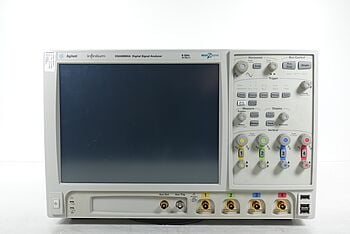
The Crucial Role of Analog Channels in Oscilloscopes and Testing Equipment
In electronic diagnostics and research, oscilloscopes and testing equipment are fundamental tools, with analog channels at their core. These channels are critical for accurate signal acquisition and analysis, directly impacting the effectiveness and precision of these instruments.
Signal Visualization and Analysis
- Oscilloscopes: In oscilloscopes, analog channels are responsible for acquiring and displaying electrical signals. These channels convert the physical phenomena (like voltage) into a visual form, enabling technicians to observe the signal's behavior over time.
- Real-time analysis: With the help of analog channels, oscilloscopes provide real-time analysis of electronic signals. This feature is crucial for troubleshooting and understanding complex electronic circuits.
Accuracy and Precision in Testing
- Precision measurements: Analog channels in testing equipment must offer high precision to ensure accurate measurements. They capture the nuances of the signal, which is essential for detailed analysis.
- Noise reduction: In high-precision environments, the choice of analog channel type, especially differential channels, is critical. Their inherent noise immunity is vital for obtaining accurate and reliable measurements, especially in noisy or interference-prone environments.
Customization for Specific Applications
- Adaptable range: Modern oscilloscopes and testing equipment allow for the customization of analog channels. Users can adjust settings like bandwidth and sensitivity to suit specific types of signals or testing scenarios.
- Specialized testing: For specialized applications, such as high-frequency signal testing or low-noise applications, the characteristics of the analog channels can be fine-tuned to meet specific requirements, enhancing the effectiveness of the testing process.
Integrating with Digital Technologies
- Digital Signal Processing (DSP): Many modern oscilloscopes and testing devices integrate analog channels with DSP. This hybrid approach allows for the precise capture of analog signals and their subsequent analysis using advanced digital techniques.
- Data storage and analysis: With the combination of analog and digital technologies, these devices can store and analyze complex signal patterns, making them invaluable for research, development, and troubleshooting in various fields of electronics.
The integration of analog channels in oscilloscopes and testing equipment is a testament to their versatility and importance in the electronics industry. These channels not only facilitate accurate signal acquisition and analysis but also adapt to the evolving needs of modern electronic testing and research.
Thousands Of Engineers Trust Keysight Oscilloscopes
Select up to 3 instruments to compare
Enable Notifications
In order to use this feature, you need to enable notifications.
Manage notification preferences
Conclusion
Analog channels stand as a fundamental aspect in the world of electronics, playing a pivotal role across a spectrum of applications, from everyday communication devices to advanced testing and measurement equipment.
They are key in accurately transmitting and processing a variety of signals, ensuring the integrity and fidelity of electronic systems.
Analog channels are essential due to their diverse signal handling capabilities and critical performance parameters such as bandwidth, frequency response, noise, and distortion. They play a vital role, particularly in oscilloscopes and testing instruments, ensuring accurate signal visualization and analysis.
For engineers who need high-quality testing equipment, the Keysight Used Equipment Store offers a wide range of premium used oscilloscopes, spectrum analyzers, function generators, and multimeters.
These tools, equipped with efficient analog channels, are ideal for professionals seeking accuracy and reliability in their electronic measurements and diagnostics.

Whenever You’re Ready, Here Are 5 Ways We Can Help You
- Browse our Premium Used Oscilloscopes.
- Call tech support US: +1 800 829-4444
Press #, then 2. Hours: 7 am – 5 pm MT, Mon– Fri - Talk to our sales support team by clicking the icon (bottom right corner) on every offer page
- Create an account to get price alerts and access to exclusive waitlists.
- Talk to your account manager about your specific needs.

